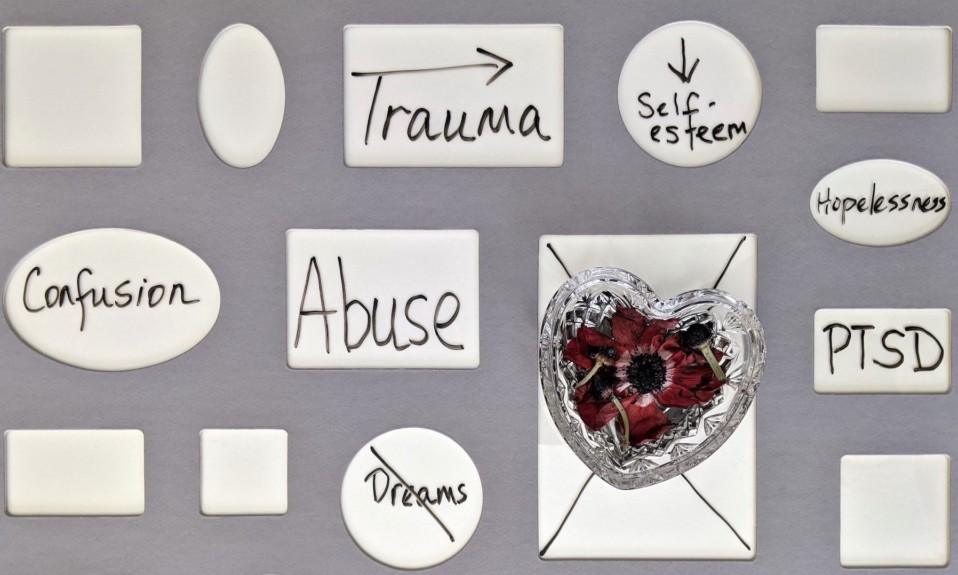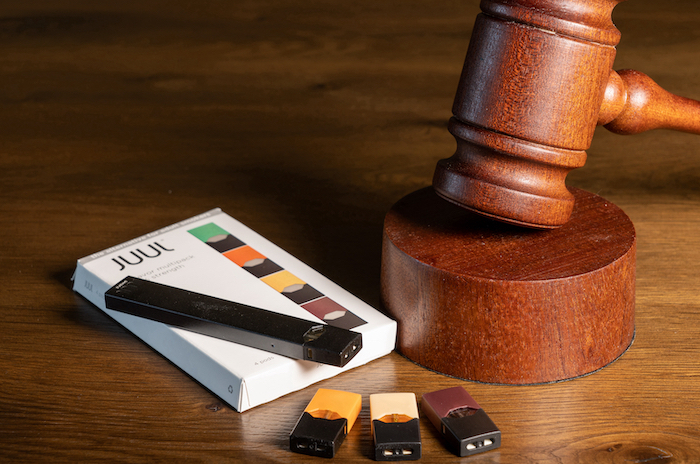A weekly roundup on the latest in addiction science, medicine and care
By William Wagner
September 14, 2020There’s no single approach that will solve society’s addiction challenges. Psychedelics therapy is one option that has gained traction and the result of a growing body of research. Along with other percolating issues about reducing vaping and smoking, here’s a look at the latest in the journals:
From JAMA Psychiatry:
Charting the Clinical Movement Toward Psychedelics
Do psychedelics represent a breakthrough in addiction treatment? If so, it’s been a long time coming. In the 1950s, according to the article “The Current Status of Psychedelics in Psychiatry,” the Swiss pharmaceutical company Sandoz made lysergic acid diethylamide (LSD) and serotonergic psychedelic psilocybin available to psychiatric researchers. Despite promising studies—including those related to depression and alcoholism—LSD was banned in the United States after a boom in recreational use. The past decade, however, has delivered a proliferation in research and a host of clinical trials. In the area of addiction, studies indicate that psychedelics therapy can mitigate cravings.
In the area of addiction, studies indicate that psychedelics therapy can mitigate cravings.”
From the BBC:
U.K. Smoking Declines During Pandemic
In the age of COVID-19, we’ll take good news where we can get it. And after some digging, we actually found some: The BBC reports that smokers in the United Kingdom have been quitting in droves since the onset of the coronavirus pandemic. The question is, why? The article, titled “Coronavirus: Smokers Quit in Highest Numbers in a Decade” and citing a couple studies, points to factors “including health concerns, access to tobacco while isolating or no longer smoking socially.” Deborah Arnott, director of Action on Smoking and Health (ASH), estimates that more than a million people in the United Kingdom have kicked the habit during the pandemic.
From the Substance Abuse and Mental Health Services Administration (SAMHSA):
A Guide to Vaping Prevention
In a 2019 study by the Food and Drug Administration (FDA) and Centers for Disease Control and Prevention (CDC), 28% of high schoolers and 11% of middle schoolers copped to using e-cigarettes within the previous 30 days. Those are troubling numbers considering the dangers of vaping are becoming increasingly apparent. SAMHSA has responded to the rise in vaping among teens with a comprehensive evidence-based resource titled “Reducing Vaping Among Youth and Young Adults.” The guide, aimed at educators, community leaders and policymakers, drills down to the minutia of strategies related to vaping prevention. As the guide states, “Adverse health events have heightened the short- and long-term risks associated with vaping and the need for prevention efforts.”
From Addiction Professional:
Don’t Discount Trauma
Although many treatment centers are faced with a paucity of resources, trauma care isn’t something that should be nixed from the equation. That’s the word, anyway, from Jamie Marich, founder and director of the Institute for Creative Mindfulness in Warren, Ohio. Marich contends that “unhealed trauma is at the root of most addictive disorders.” Her sentiment is echoed by numerous professionals within the treatment community.
Photo: David Clode














